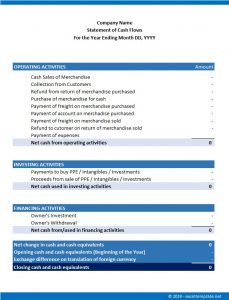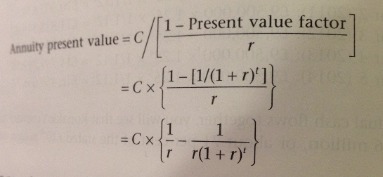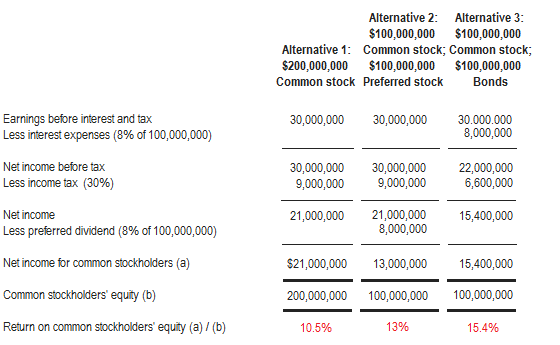What is a Cash Account? What do we record in the debit and credit sides?
Content

The business must reduce its accounts payable balance if it sells the items it has acquired and then returns those things before paying back the debt. This is because items that are sent back to the provider cut down on the responsibility linked with such items, supposing that the supplier would accept returns. LiquidationLiquidation is the process of winding up a business or a segment of the business by selling off its assets. The amount realized by this is used to pay off the creditors and all other liabilities of the business in a specific order.

When the customer has completely paid off the sofa, the accounts payable item will be zero. All accounts also can be debited or credited depending on what transaction has taken place. Some balance sheet items have corresponding „contra“ accounts, with negative balances, that offset them. Examples are accumulated depreciation against equipment, and allowance for bad debts against accounts receivable. United States GAAP utilizes the term contra for specific accounts only and does not recognize the second half of a transaction as a contra, thus the term is restricted to accounts that are related.
Debit cards and credit cards
Even though positives and negatives are not used in the actual Why Would a Cash Account Have a Credit Balance? entries, the mathematics of how they are used leads to either a positive or negative result. Assets hold the debit balance and cash is an asset, so it has the same balance if the recording were made correctly in the books of accounts. Although the credit balance indicates the situation, the business spent more than the amount kept on hand, which is not possible. The cash payments were made from the balance available in hand only. „Daybooks“ or journals are used to list every single transaction that took place during the day, and the list is totaled at the end of the day.
Travel expense, like most expenses, usually has a debit account balance. When you incur the obligation to pay for the travel expense, the credit side of the entry is to accounts payable. When you pay the vendors or employee expense reports, then accounts payable is debited , and the cash account is credited .
Buy Business Insurance
The difference or balance on an account should never be left suspended in mid-air. In the case of the cash account, the balance will be entered as the last item on the credit side above the total, and then brought down below the debit total on the opposite side. Notes payable and accounts payable are examples of current obligations; nevertheless, several key distinctions exist between the two types of accounts.

The reason that a ledger account is often referred to as a T-account is due to the way the account is physically drawn on paper (representing a „T“). The left column is for debit entries, while the right column is for credit entries.
True Tamplin
The credit balance is the full amount credited to the cash account after implementing the short sale order. The credit balance in a short margin account is constant; it does not change regardless of price volatility. The two factors that change with market fluctuations are the value of equity in the account and the cost to buy back the borrowed shares.
- Accounts payable are usually considered short-term obligations that must be paid within one year of the invoice date.
- Credit means to entrust or loan—it refers to money coming in.
- Debits always appear on the left side of an accounting ledger.
- Intraday – Balances that are updated intraday reflect trade executions and money movement into and out of your account during the day.
- In double-entry bookkeeping, every time you spend or receive money, you have to record it twice.
https://personal-accounting.org/s and credits are the foundation of double-entry accounting. They indicate an amount of value that is moving into and out of a company’s general-ledger accounts. For every transaction, there must be at least one debit and credit that equal each other. When that occurs, a company’s books are said to be in “balance”. Only then can a company go on to create its accurate income statement, balance sheet and other financial documents.
